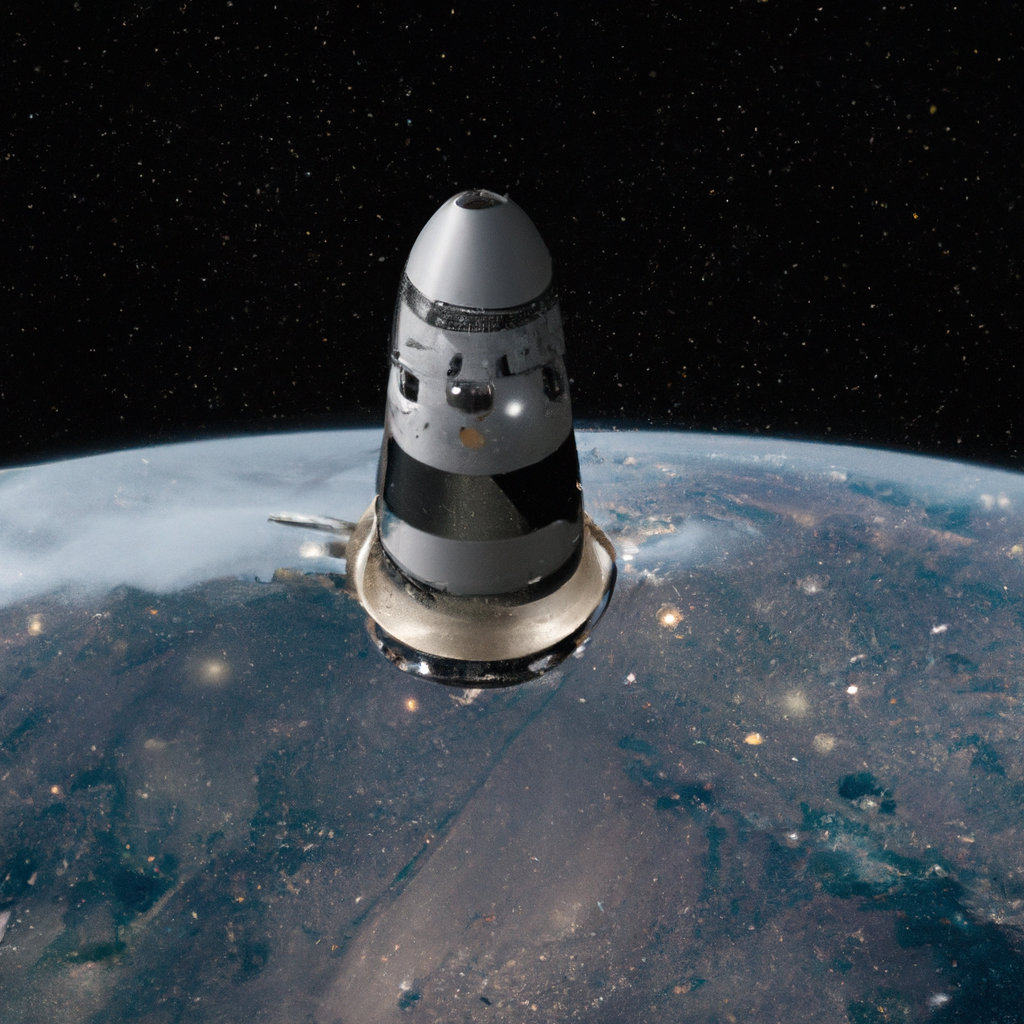The crew of the Boeing CST-100 Starliner has received positive news regarding its eventual return to Earth. Recent ground testing of the spacecraft’s thrusters, which have left it in orbit since early June, has been successfully completed. Boeing and NASA awaited these results to start planning the spacecraft’s homecoming.
An update released late last week confirmed, “Ground testing of a Starliner Reaction Control System (RCS) thruster at White Sands Test Facility in New Mexico is complete, and teams are now focused on analyzing the data.” The primary goal of the tests was to assess thruster performance and identify issues that caused some thrusters to fail during the flight, as well as to evaluate the implications of reintegrating these thrusters into the system.
Some thrusters had been rendered inoperative during the mission due to helium tank leaks prior to and during the launch, resulting in multiple postponements. Officials stated last month that the spacecraft is equipped with 70 hours of helium, though it only requires seven for operation. While they indicated that the Starliner could return immediately if necessary, they clarified that they are not fully prepared for that scenario.
Currently, NASA and Boeing are considering a return flight for the end of this month, although details remain somewhat uncertain. The latest update mentions that “Boeing and NASA engineers will proceed with the disassembly and inspection of the thrusters, as well as finalize flight rationale to prepare for readiness reviews for Starliner’s impending return to Earth with commander Butch Wilmore and pilot Suni Williams in the coming weeks.”
